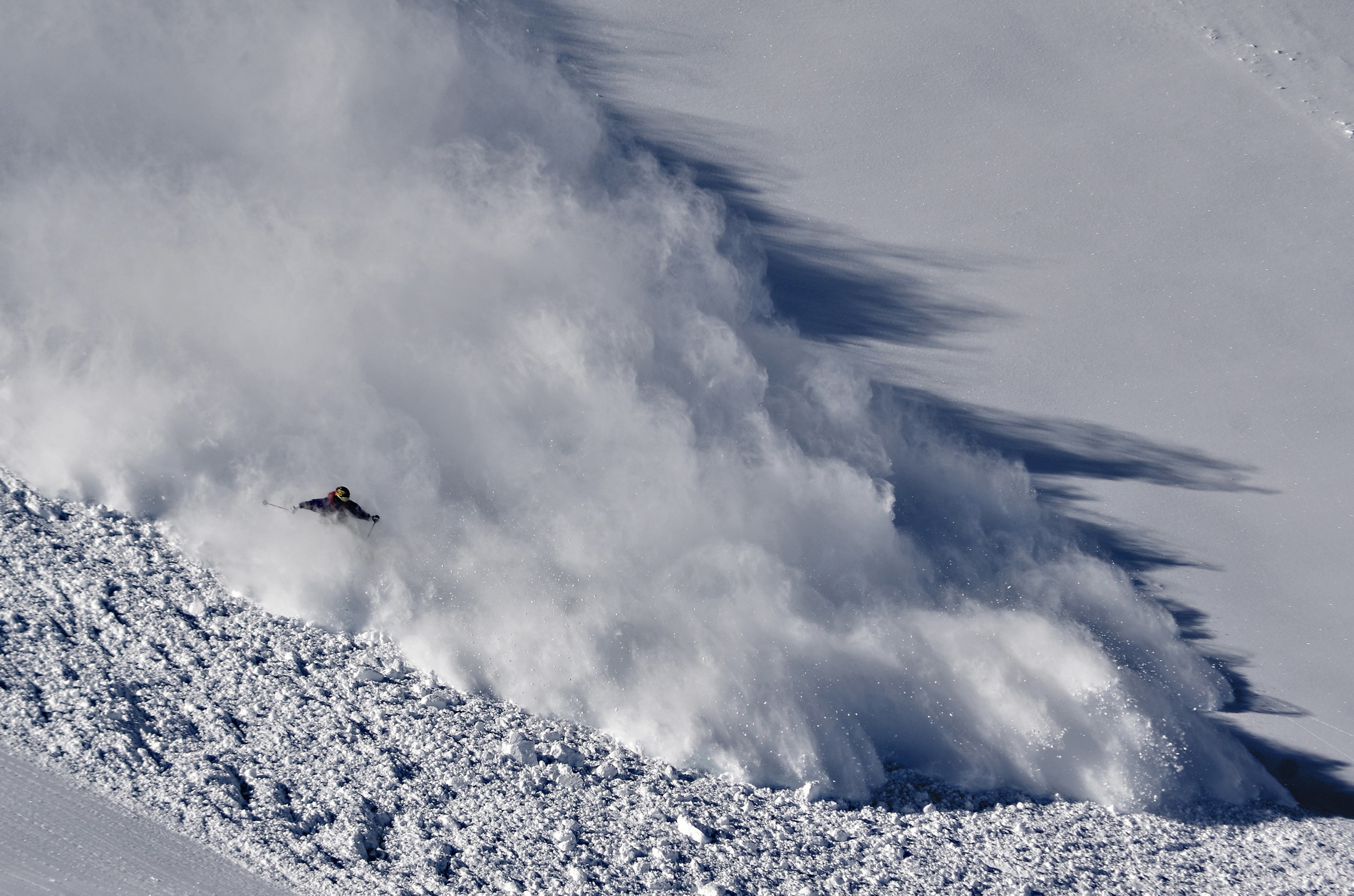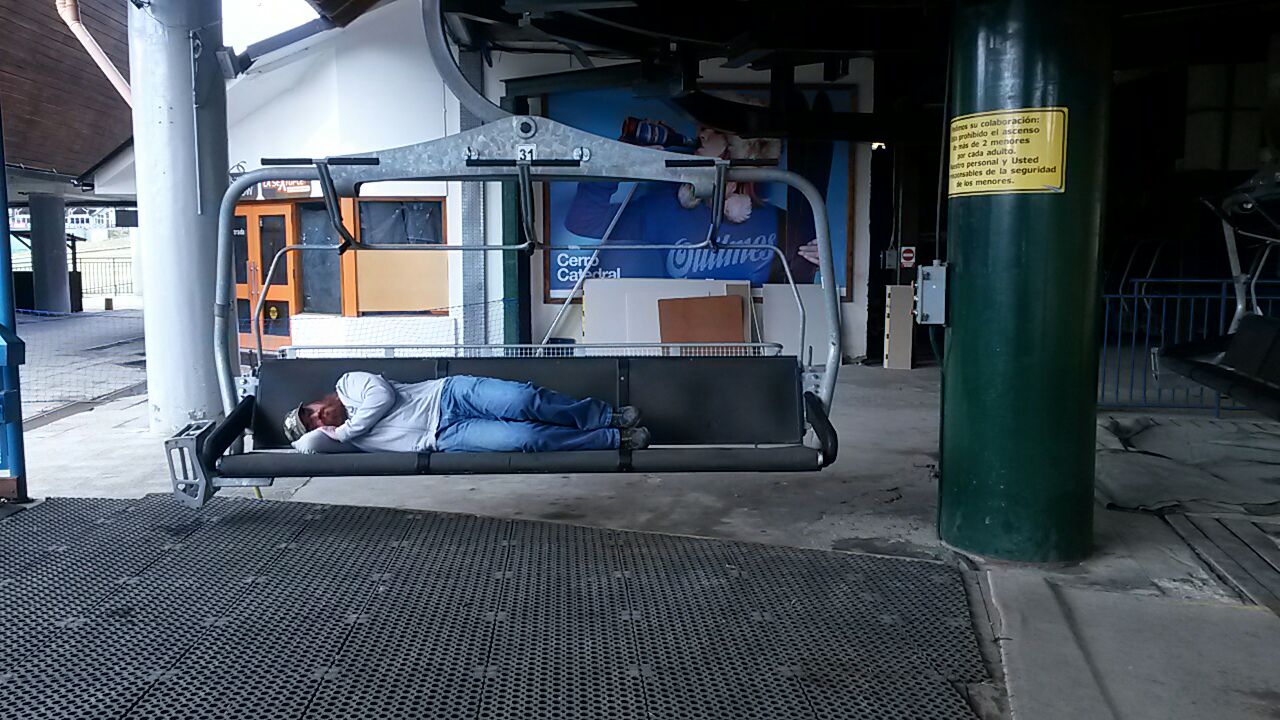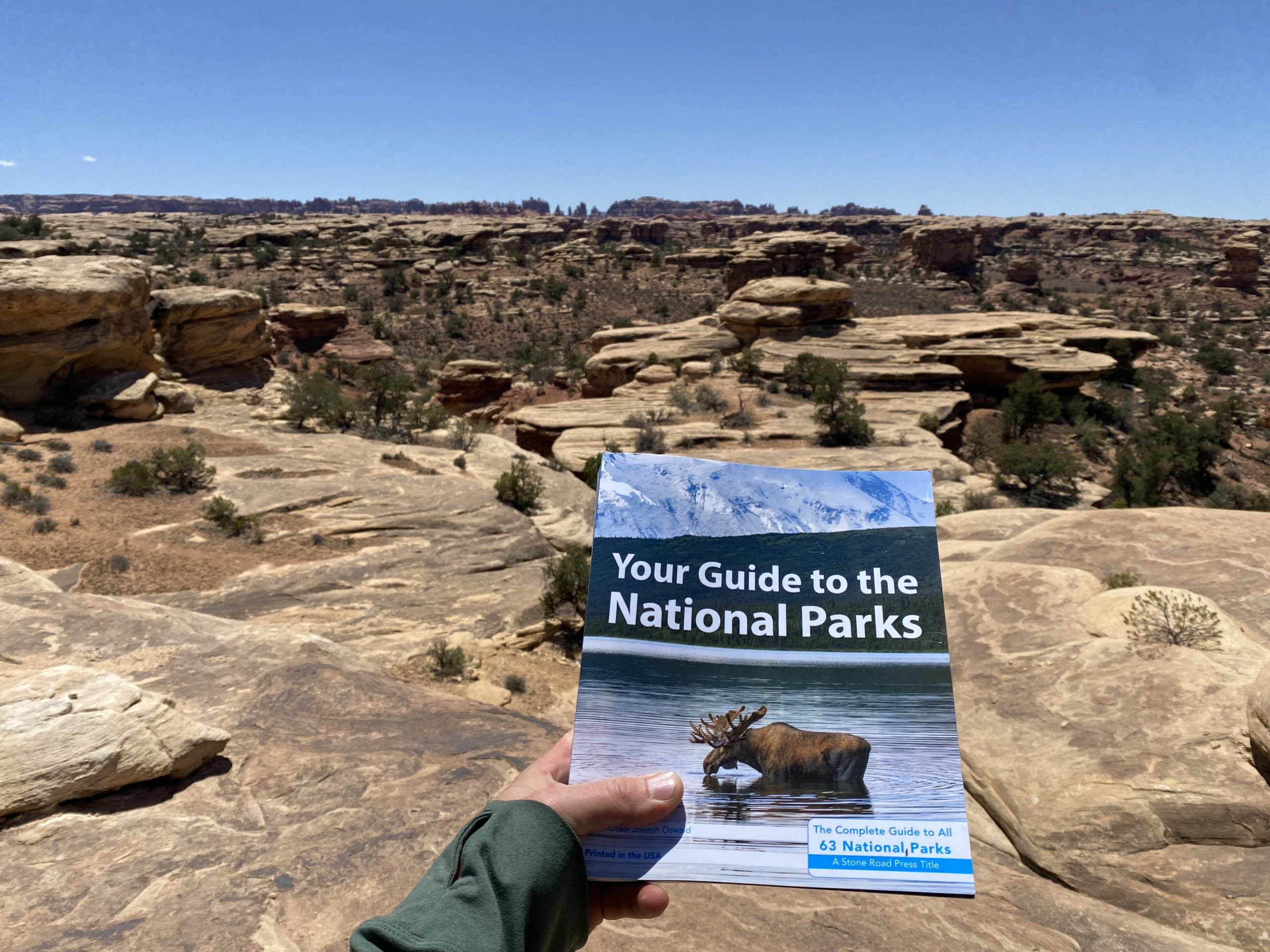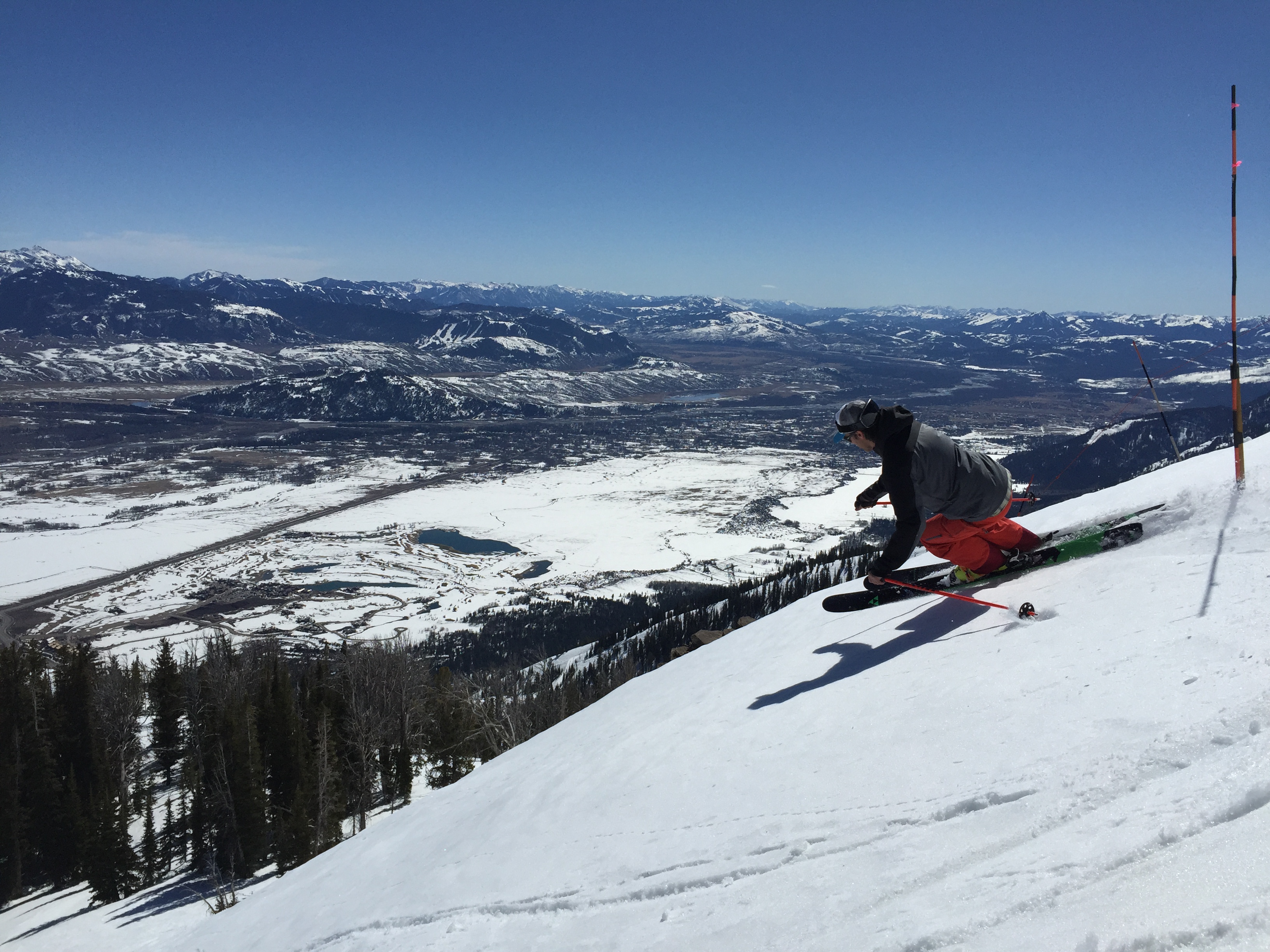
The throb of a snowy winter has started, and with the first snowfalls of the season, it becomes difficult not to start dreaming of some huge powder lines. But it is also a good moment to remind ourselves that skiing has its own risks, and how essential is to take a proper dimension of these hazards.
Avalanche fatalities in the US have increased exponentially in the past 50 years. It is true that amount of skiers has also increased, and that more and more people decide to access the backcountry, but this doesn’t hide the bulging death toll. The following graph illustrates this piece of information.

Let’s take a look into concrete worldwide stats:
- If you get caught in an avalanche, your chances of survival are 1 in 2.
- In 90 percent of avalanche fatalities, the avalanche is triggered by the weight of the victim, or someone in the victim’s party.
- 93% of avalanche victims survive if rescued within the first 15 minutes. After 45 minutes, only between 20% and 30% make it through. Two hours later, almost no one survives.
Now, let’s jump into a particular case. Only in Europe, 137 people died because of avalanches during last season. From these 137
- At least 14% of these victims was riding alone
- More than 16% of the victims didn’t carry an avalanche beacon.
- In at least four fatalities, an inflated airbag couldn’t prevent the rider from getting buried, with deadly consequences.

- In at least 98% of the cases in which the angle of the slope was known, the conventional reduction methods advised to ride less steep (according to the avalanche danger that day).
- Over 60% of the victims were touring, and just 28% was freeriding (using lifts to get into the backcountry).
If we analyse all this information carefully, we would be able to say that if you are alone or without proper equipment, it is hardly probable (if not impossible) for someone to find you alive and rescue you. Remember that once you get caught in the snow, you cannot move by yourself, and your life depends on the people in your ski group.

You must be aware that accesing the backbountry is always dangerous.
After having a look to all these data, we can definitely conclude that the best is to avoid avalanches, because even though the odds of being dragged into one of them cannot be completely abolished, they can be significantly reduced if you have the right knowledge, the appropriate training, the correct gear and, above all, common sense and respect for the mountain when making decisions.

Finally, always remember that avalanches are much more dangerous and lethal than we think, so get conscience of this, and never, never underestimate the mountain.







